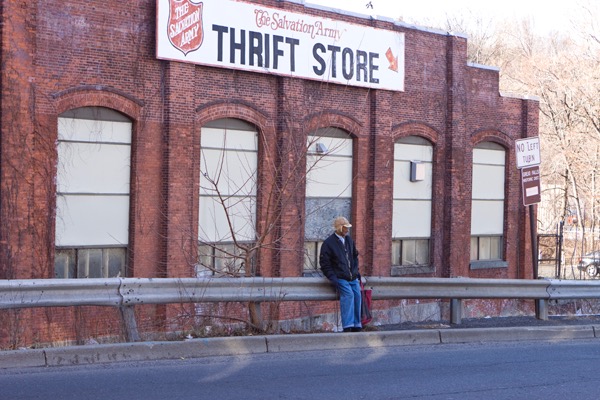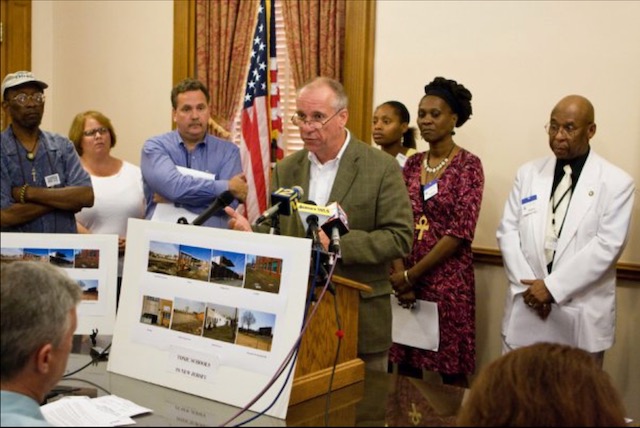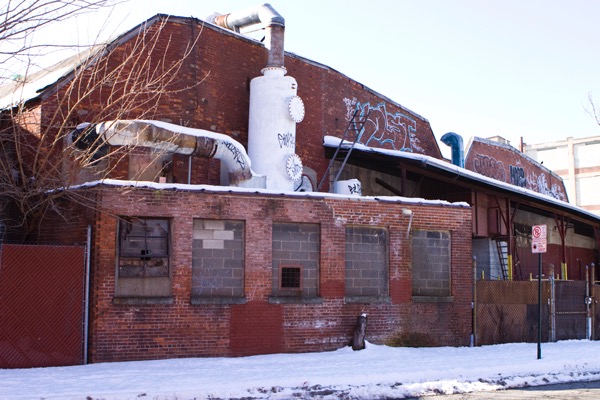Another “Significant Win For The Environmental Lobby”? From The Pinelands To The Highlands, More Delusional Reporting By NJ Spotlight
Delusion On The Pinelands
Propaganda On The Highlands Economic Development Plan Story
23,000 acres – 36 square miles – targeted for corporate development
In another example of a pattern of horrible reporting, last week NJ Spotlight reporter Jon Hurdle wrote that Gov. Murphy’s withdrawal of his chemical industry lobbyist nominee for the Pinelands Commission was “a significant win for the environmental lobby”.
The next day, long time Star Ledger Editorial Board editor Tom Moran – certainly no flaming radical or tree hugger – saw things quite differently.
Moran called Gov. Murphy’s move “a craven power play”, “brazen”, an attempt to “gut the Commission during lame duck”, and a “scheme” that was similar to the “bullying” by Gov. Christie.
Moran wrote to urge the Gov. to withdraw all the corporate nominees: not just the chemical industry lobbyist:
We’ve come to expect mischief during lame duck, when lawmakers try to rush things through stealthily in their final two months in office.
But we didn’t expect the governor who preaches environmental protection to make a craven power play at the Pinelands Commission – picking folks who represent corporate interests to replace environmental stalwarts on the board. Not even Chris Christie was so brazen as to appoint a corporate lobbyist.
Murphy needs to rethink his nominations, which include Laura Matos of Kivvit, a prominent public affairs and communications firm, and a guy who works full time for an offshore wind company, Davon McCurry of Ørsted. […]
Christie tried to bully this commission and the message Murphy’s sending now is a similar one. If this is a squabble over personnel, it should be worked out internally, not with another act of retribution. Governor, stop this scheme before the Senate acts.
Certainly, this was no “significant win for the environmental lobby” as Hurdle delusionally claimed.
This was not the first time Hurdle got the story very wrong and was humiliated. There has been a pattern and I’ve repeatedly complained to Hurdle and his editors.
But after the Moran piece, one would think that would thoroughly embarrass Mr. Hurdle and his editors at NJ Spotlight and force much closer scrutiny of his reporting.
But, obviously that did not happen.
Because today he was right back on the bullshit beat.
Today, Mr. Hurdle found a way to put a positive spin on the recent Economic Development Plan for the Highlands – the one I recently exposed as seriously flawed, see:
Hurdle totally ignored the fact that the Economic Development Plan targeted and promoted development of 23,000 acres – that’s no small fact omission: it 36 square miles!
He ignored the applicable text and policy of the Highlands Act.
He ignored the fact that the Economic Development Plan ignored climate change, conducted no environmental impact analysis, and ignored the mandatory development “compatibility” protections of the Highlands Act.
(I’m guessing that Dan Van Abs – who is a Highlands Council member and was on the Technical Advisory Committee for the Economic Development Plan and knows better and should be ashamed of himself for legitimizing this schlock work – is whispering in Hurdle’s ear, in a cowardly off the record “on background” anonymous source fashion.)
He allowed Executive Director Plevin to spin the Highlands Act and the Economic Development Plan virtually beyond recognition.
Read Mr. Hurdle’s second pile of shit in a week, it is almost exactly the opposite of my take:
The opening paragraph is so misleading it borders on falsehood:
The Highlands Council has identified the industries it wants to grow in the environmentally sensitive region it manages but stresses natural resources remain key in its first-ever plan for economic growth in the seven-county region of northwestern New Jersey.
Mr. Hurdle obviously was duped by the “sustainable” rhetoric of the Plan, not the technical content of it. The plan does stress the vague standardless slogan “sustainable development”, but it does not stress or even mention substantive protections of actual natural resources (beyond rhetoric and slogans). Not even to incorporate them by reference.
Worse, the actual planning methodology used by the corporate consultants who wrote the plan doesn’t even mention the Highlands Master Plan in its siting and locational analysis, or in the point system it applies to assess suitable development (other than location in a RMP designated center). In a crazy biased “point system”, the Economic Development Plan gives equal weight to municipal zoning and the Highlands RMP and DEP sewer service are mapping. But they are NOT equal in law, policy, and regulation. Not even close.
Here’s a summary of that methodology on page 6
“Recognizing that on-the-ground information is critical to ensuring a complete picture of redevelopment opportunities, Colliers Engineering & Design prepared an online survey to obtain input from the 88 municipalities in the Highlands Region to self-identify properties in their community that are primed for future redevelopment. Colliers then determined a scale based on various factors to rank the suitability of redevelopment parcels according to the region’s target industries. A full description of this methodology is available in Chapter II of this report.”
Reliance on municipal self identification of developable property – via an on-line survey no less – is the antithesis of planning and contradicts the Highlands Act. Municipal development wishes are governed by the Highlands Act, the RMP, and DEP regulations.
Municipal “Home rule” on land use was THE problem the Highlands Act was intended to overcome. The corporate consultants who wrote this plan seem oblivious to that fundamental and their work reflects that failed understanding.
I don’t expect Hurdle to know anything about the Highlands, but, because Hurdle has written several stories on controversial warehouse sprawl issues, this quote he gave to Executive Director Plevin exposes the embarrassing sham of his reporting:
“Most people would agree that there are appropriate places for warehousing and less-appropriate, and that evaluation is part of a regional planning strategy,” she said. “I do expect that the warehousing issue will continue to be at the forefront of planning discussions in the Highlands region.”
That is a load of crap and Hurdle knows it.
As I wrote, the Economic Development Plan mentions warehouse development just once, and in a favorable context as being part of economic demand in the region the plan seeks to stimulate: (@ page 20)
There is continued demand for industrial real estate in the counties. The demand is driven by firms involved in distribution, supported by warehousing as well.
The Plan says nothing about restricting warehouses development, or regional planning for warehouse development, or provides any recommendations to amend the Highlands Regional Master Plan to including siting criteria for warehouse development.
Maybe Tom Moran can write another scathing editorial that sets the story straight and again humiliates Mr. Hurdle.
At this point, after the Pinelands embarrassment and now this Highlands misreporting, Mr. Hurdle needs to go.
NJ Spotlight editors John MacAlpin and John Mooney, where the hell are you?
I fired off this note to Hurdle and Spotlight editors:
Jon – did you actually read the Plan? I did.
Are you familiar with what the Highlands Act specifically says about economic development? I am. I wrote it.
Just one example, of warehouses, which you’ve done a lot of reporting about and totally misrepresented today in Plevin’s quote:
Here what the Plan says about warehouses – on page 20 – which it mentions just ONCE:
“There is continued demand for industrial real estate in the counties. The demand is driven by firms involved in distribution, supported by warehousing as well.”
The Plan seeks to stimulate “demand” for development, so that description can only be interpreted as a favorable assessment of warehouse development.
The Plan says NOTHING about discouraging warehouse development or recommending regional reviews or appropriate siting locations.
You allowed Plevin to totally misrepresent that Plan and the Highlands Act and the RMP. And your story misled readers. This is not the first time you’ve done that and it must stop.
Read the law and the facts, with links and excerpts of the Plan and the Highlands Act, here:
BTW, the Plan targets 23,000 acres for development – that’s 36 SQUARE MILES.
I need to clarify, because the Plan is actually worse than what I wrote.
In seeking locations suitable for development – including warehouses – the methodology of the Plan actually ignores and goes outside the scope of the Highland RMP.
Look at the methodology (p. 6): “municipal self identification” is the ANTITHESIS of planning and it as not based on the Highlands RMP:
“Recognizing that on-the-ground information is critical to ensuring a complete picture of redevelopment opportunities, Colliers Engineering & Design prepared an online survey to obtain input from the 88 municipalities in the Highlands Region to self-identify properties in their community that are primed for future redevelopment. Colliers then determined a scale based on various factors to rank the suitability of redevelopment parcels according to the region’s target industries. A full description of this methodology is available in Chapter II of this report.”
WOLFE



